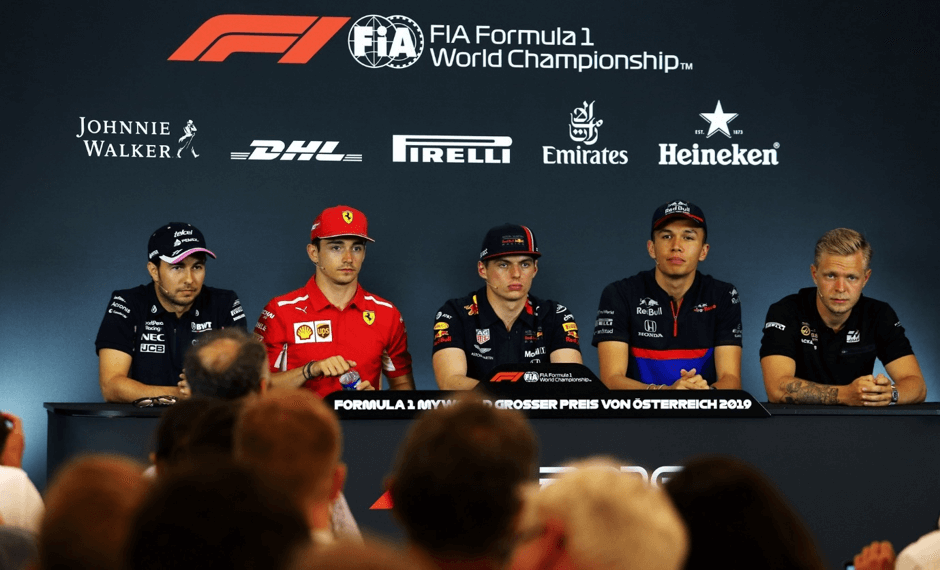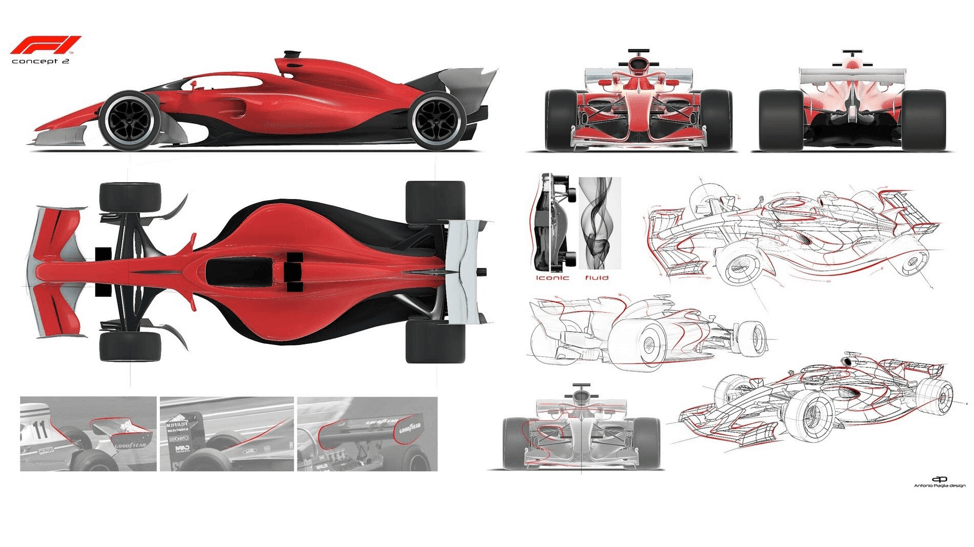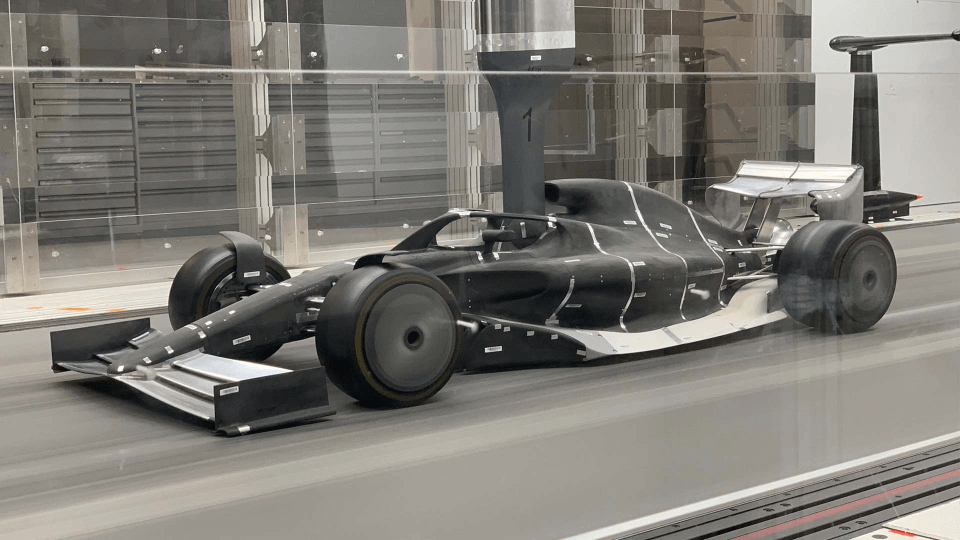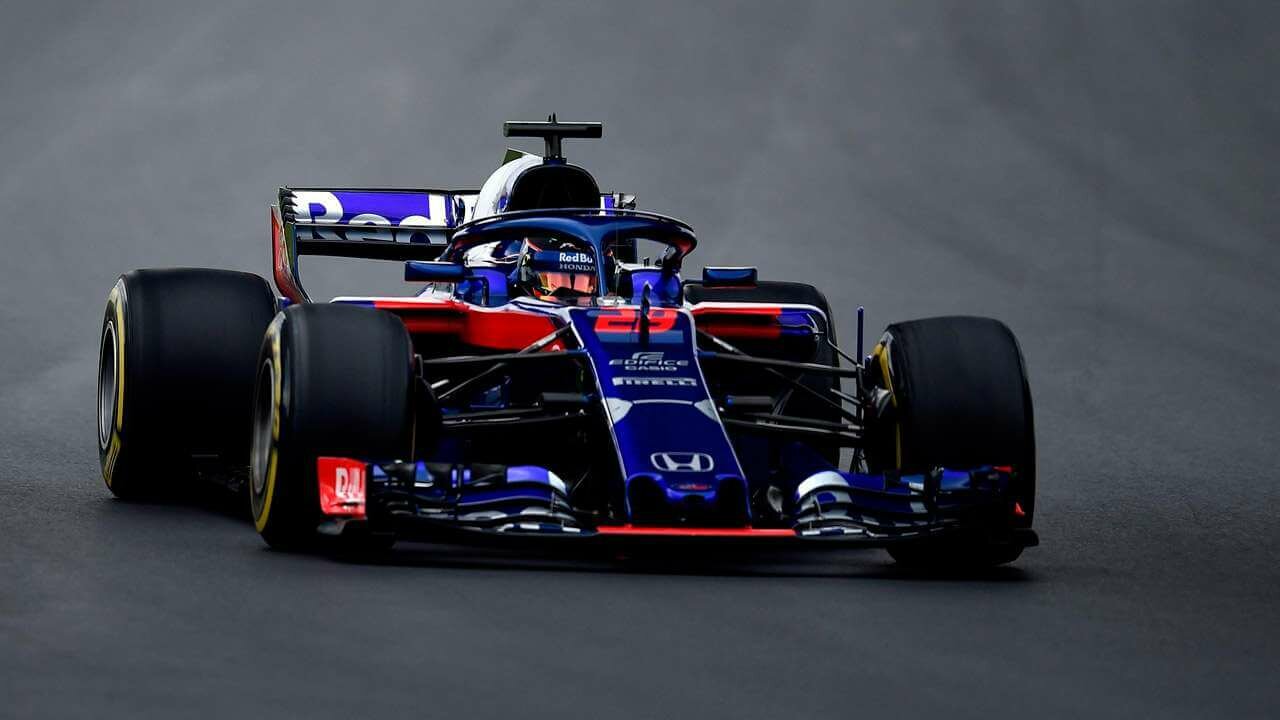2021: THE YEAR OF SHORTER WEEKENDS, THE RETURN OF THE GO-KART RACING AURA AND A HOST OF PLEASANT SURPRISES
The authorities sitting at high command, overlooking the billion-dollar empire that Formula 1 racing has become, have presented the blueprint for its future, revealing the new set of rules and regulations for its 2021 overhaul. As the 2019 season was practically pocketed by the Mercedes, the most exciting happening for other teams was the revelation of new car designs that will be adopted come 2021. The new technical, sporting and financial regulations were unanimously approved by the Fédération Internationale de l’Automobile’s (FIA).
The recent engineering advances meant that the four-wheeled titanium build beasts have been hitting new range on the speedometer, gaining a jaw-dropping seven second quicker since 2015. But with very limited regulations and free run to the mechanics back at the workshop, the sport had started to lose the charm and authorities were quick to notice. New upgrades, as great as they are, practically ended close quarter racing, and taking the thrill out of the fastest cars speeding to the chequered flag.
New rules aim at “promoting closer racing and more balanced competition, as well as bringing economic and sporting sustainability to Formula 1. In addition to introducing technical changes, which should in theory make for better racing, the new rules also see the introduction of a cost cap for teams. The latest regulations also change the way F1 is watched around the world as instead of a four-day charade which included press conferences, practice sessions, qualifying rounds and finally the race on Sunday, will all be fitted into a shorter three-day format. With the maximum number of races in a season now increased to 25, F1 has introduced a minor tweak to the race weekend structure to help teams deal with the expanded calendar.

Breaking down the new race weekend structure
One of the most eye-catching revisions included in the new rules was to the race weekend structure. The press conferences and media interactions were the first to get a makeover. This might come off as a small change to the structure but plays out to be a significant one. considering the cramped racing schedule and will help the teams deal better with the now expanded calendar.
The pre-race conferences that usually would take place two days before the main event (Thursday), will now be switched to Friday, ahead of the first and second practice sessions. All the press-conference banter will now happen just a day before these drivers chase each other down at 250km/hr.
The free Practice sessions, one and two, are scheduled right after the press conferences, while the schedule for FP3, qualifying and the race then unchanged.
Parce Ferme changes
As opposed to the current rules, the racing teams will have to return the cars to the initial condition before the drivers lap out for FP3, when it was scrutinised ahead of FP1. What this does, is increases the risk factor as teams would have to commit to a test item throughout the weekend or would have to wait for the next race. The car if upgraded after scrutiny, will be able to run the test items for FP1 and FP2 but then it should be taken off the car, and saved for the next race. Idea behind the new regulation is to slow down the rate of in-season development. All in all, the cars will have to be in race trim at the start of FP3.

A time to shine for the new generation
Come 2021, all teams will have to run at least two free Practice sessions with drivers having experienced two or less than two Grand Prix’ behind the wheel. The enables grant F1 followers a chance to watch prodigies at work, be it in the Prancing Horse or the Williams. Mathematically, for the whole of 2021 season, fans would be able to see at least 10 new faces, who are tipped to be the future of the multi-million-dollar sport.
All the rules and regulations have been modified or completely changed in some cases in order to bring back the go-karting feel back to this technologically advanced speed riot.
Read More
WINGS OF CHANGE: THE FUTURE OF F1 AERODYNAMICS
ADITYA GOKHALE \
RULEBOOK 2021
CLOSER RACING- THE ESSENCE OF F1
ATUL KUMAR MAURYA \
RULEBOOK 2021
F1 2021 FINANCES- FAIRER OR FARCICAL?
KABIR ALI \
RULEBOOK 2021



